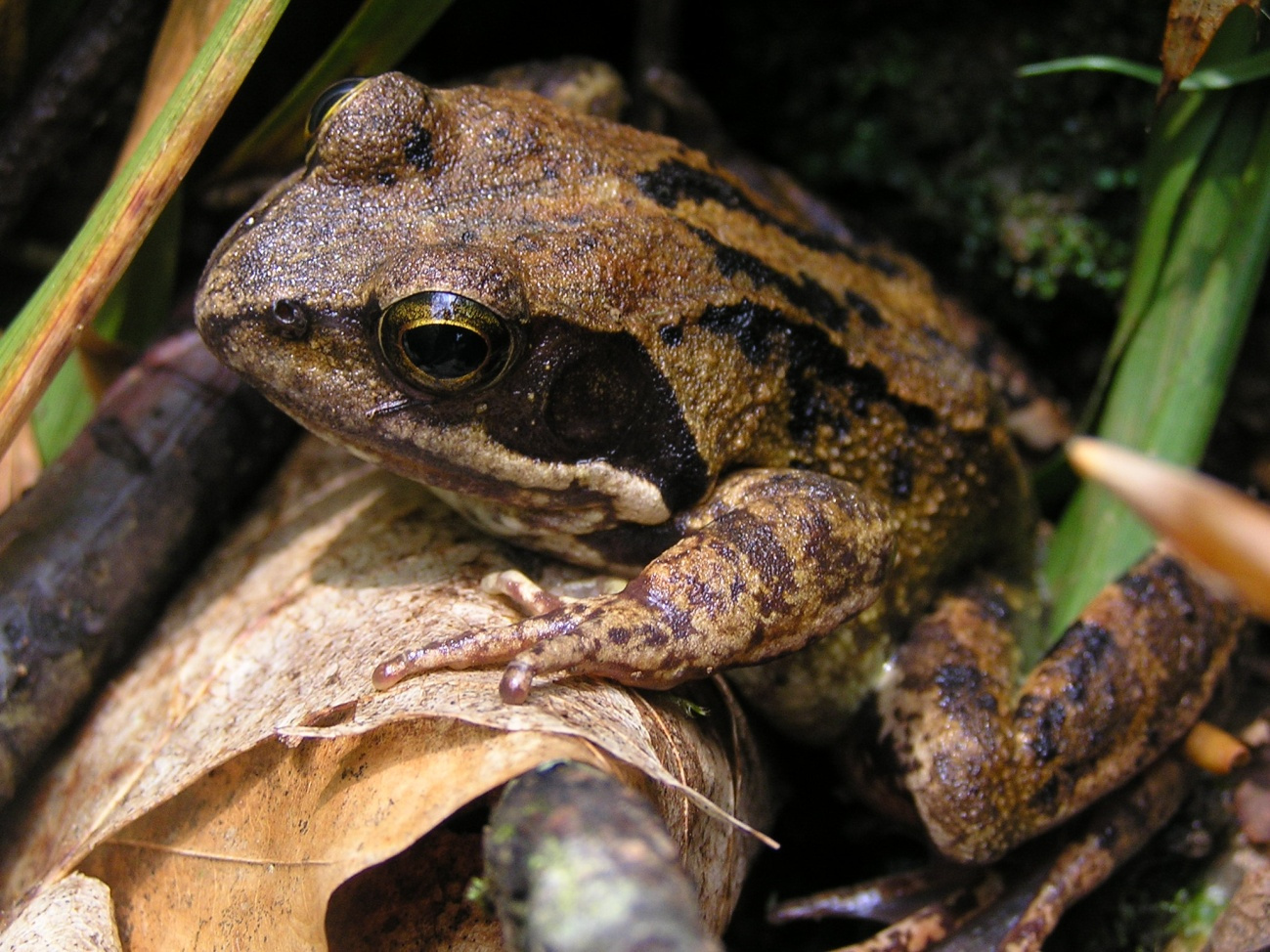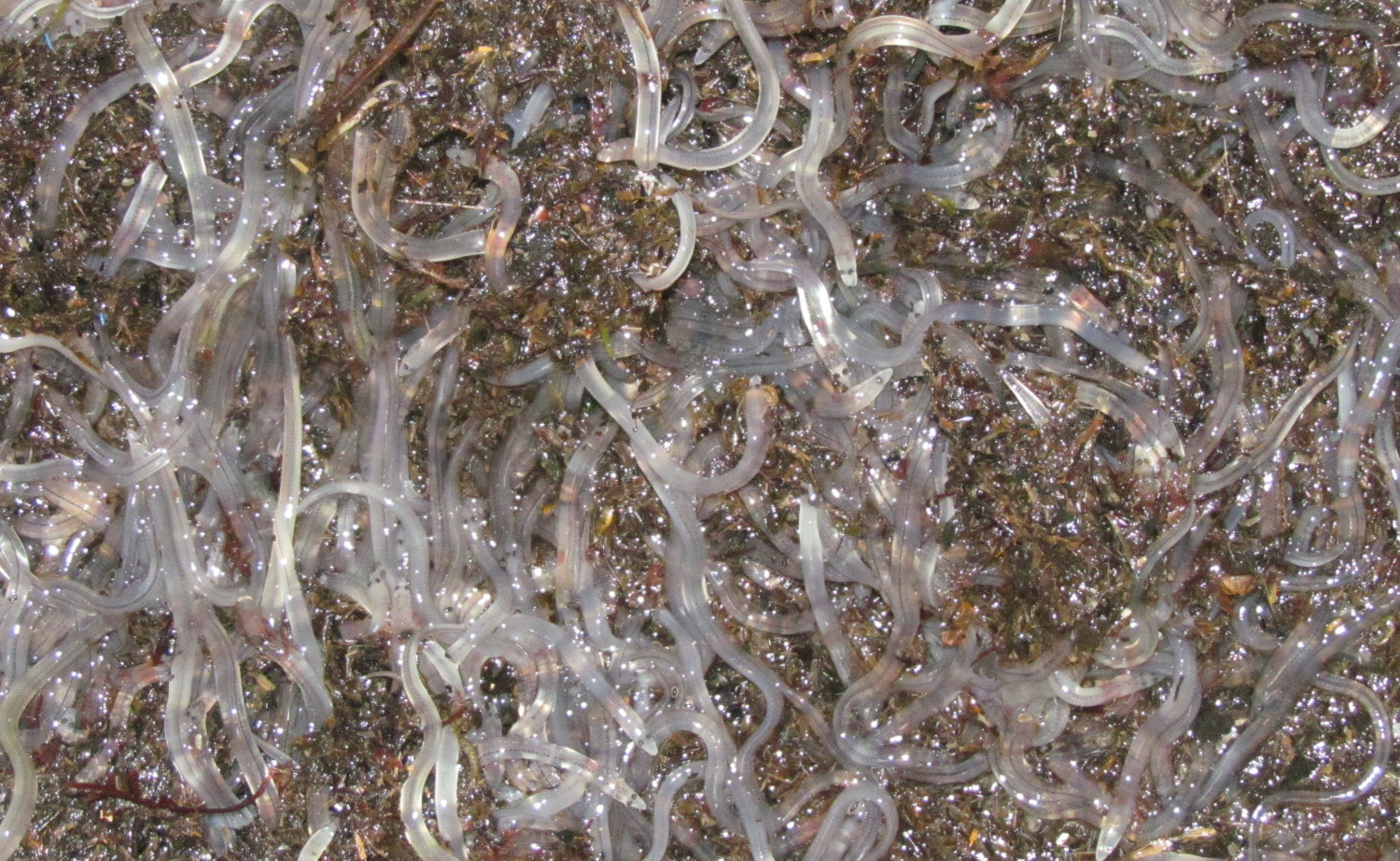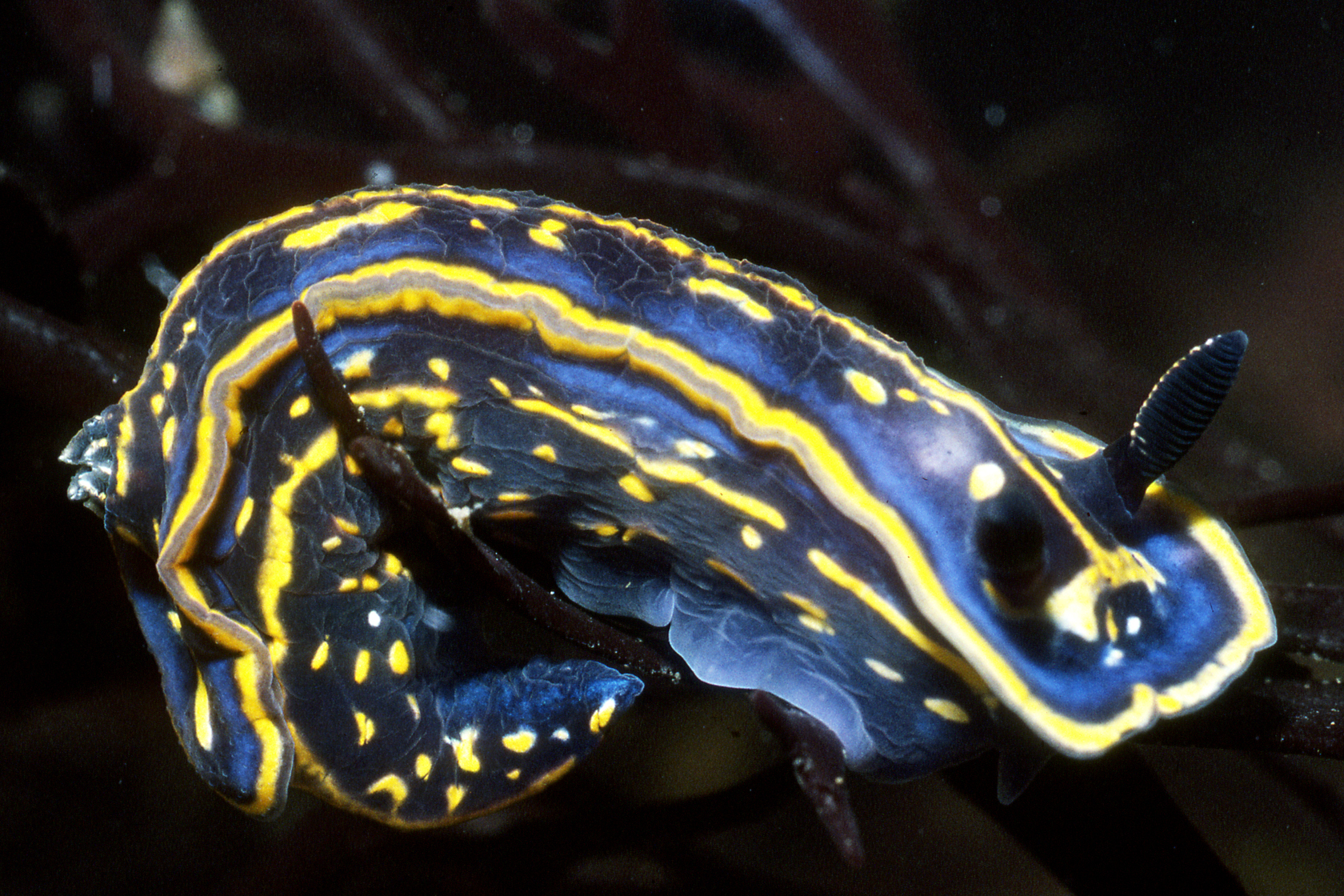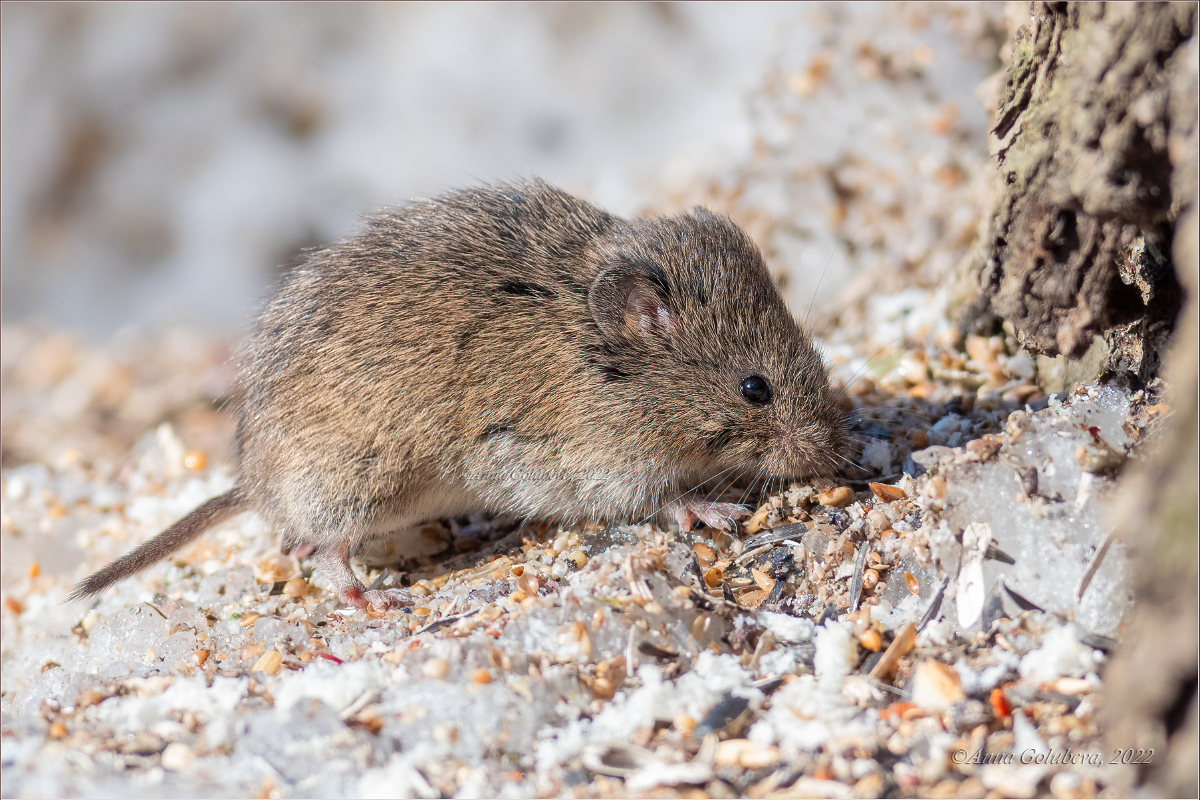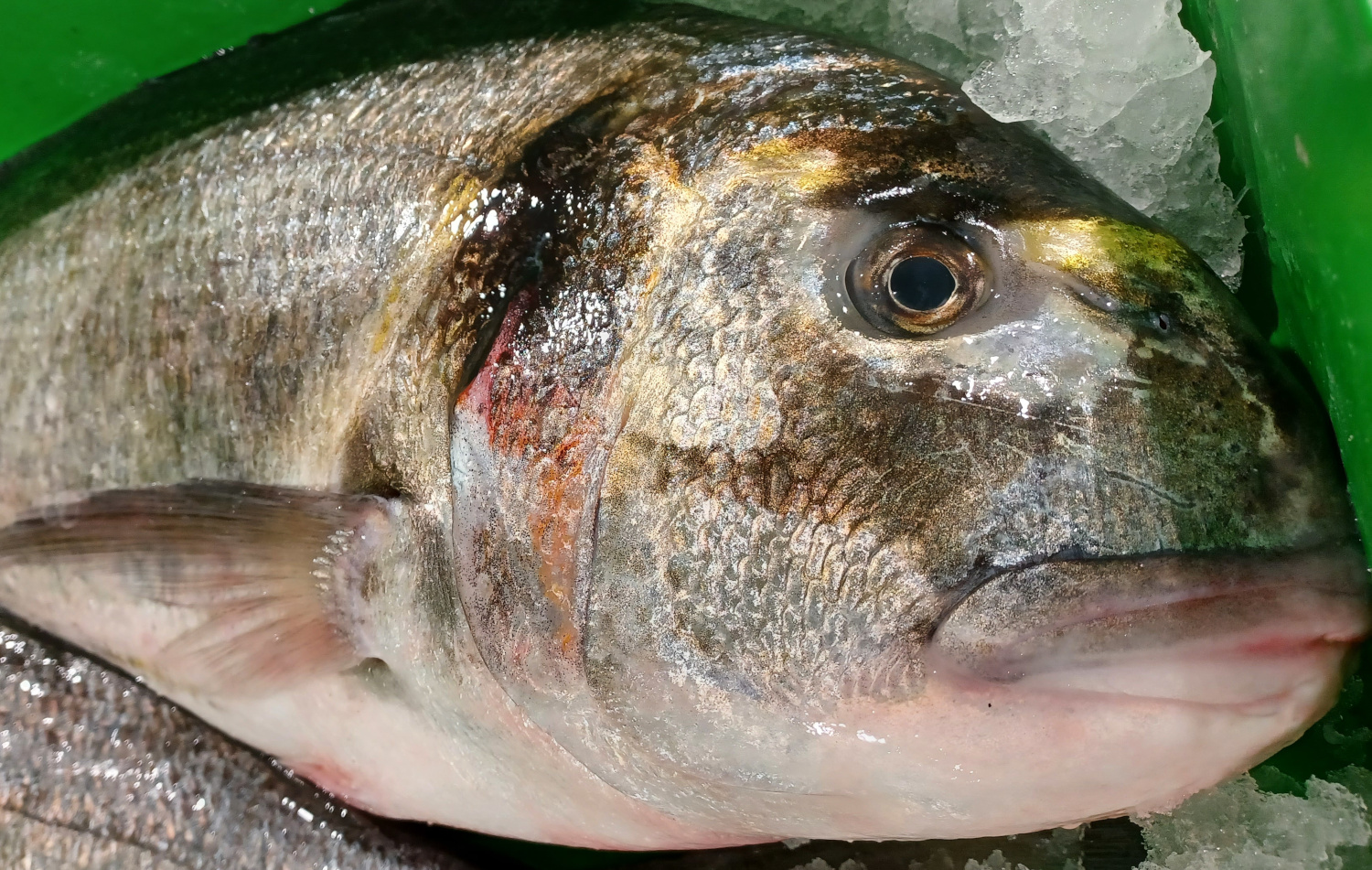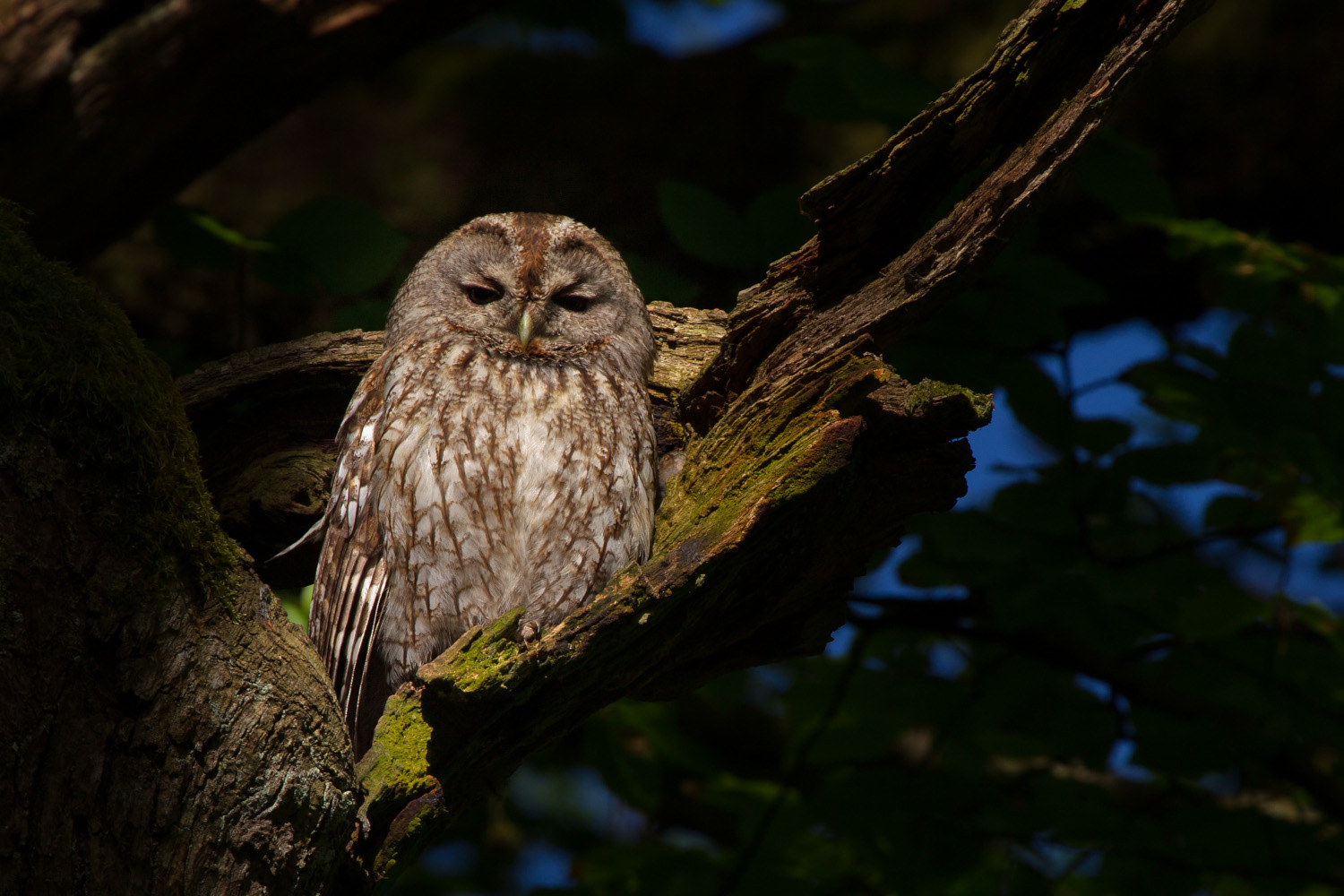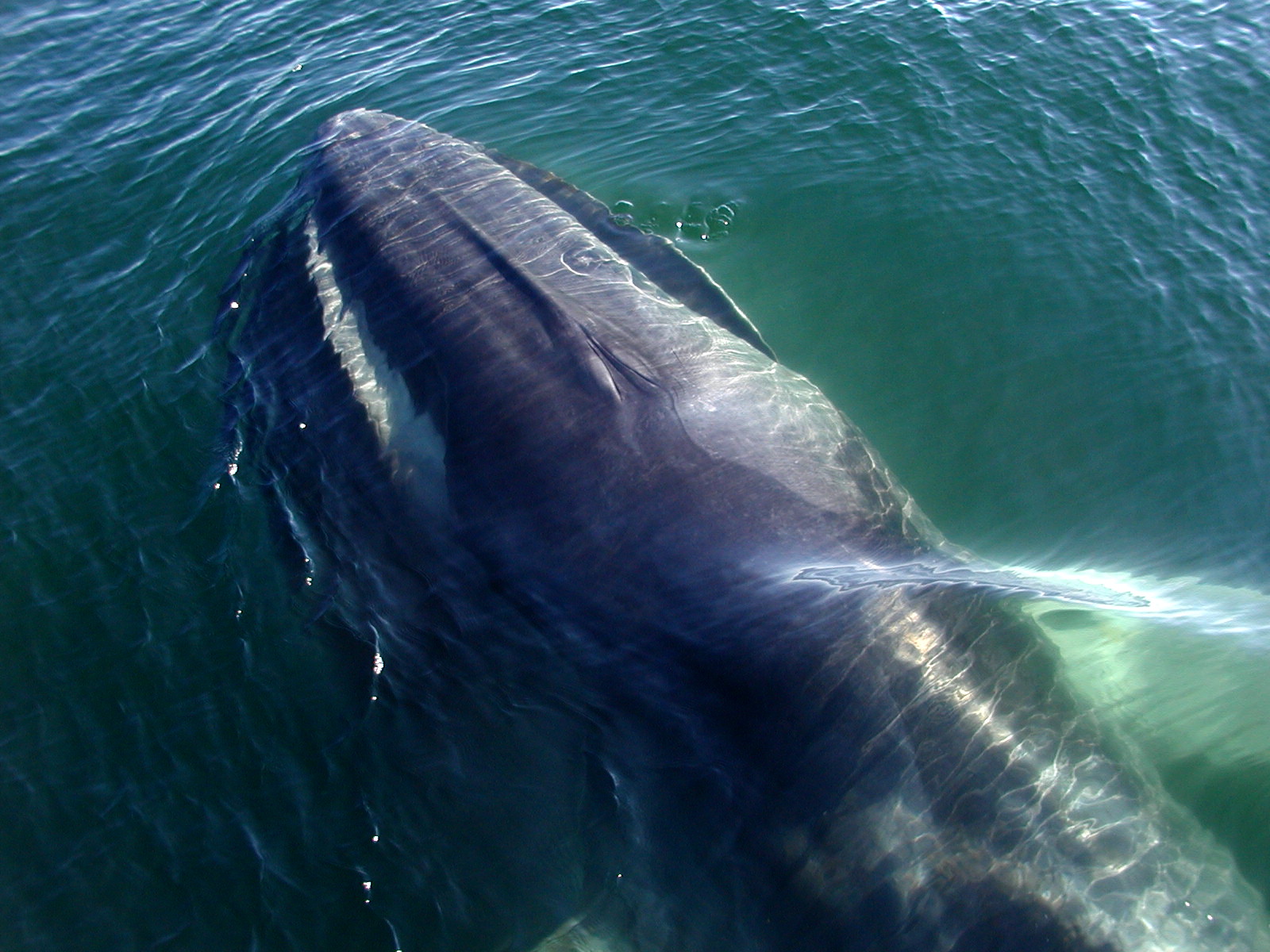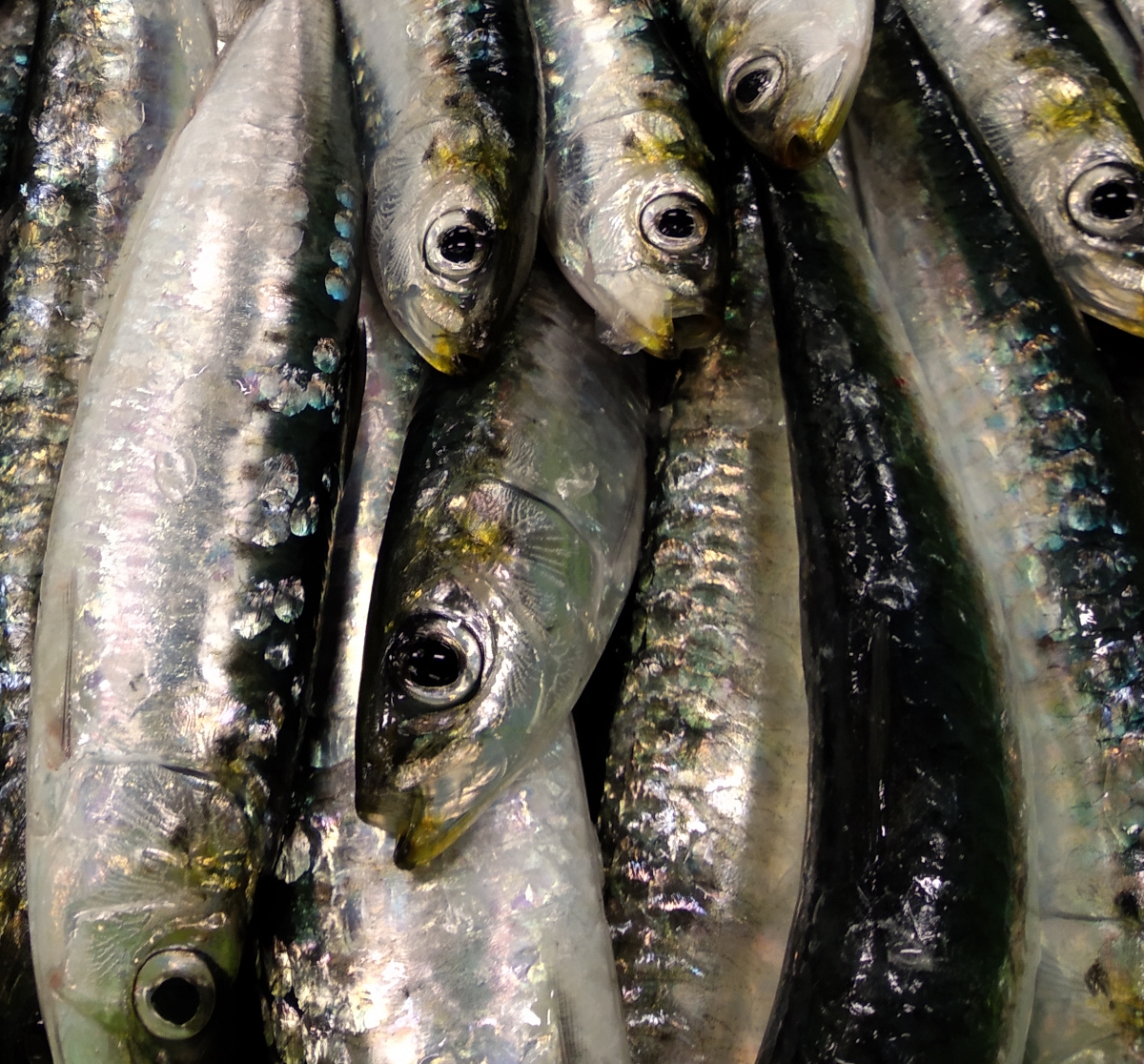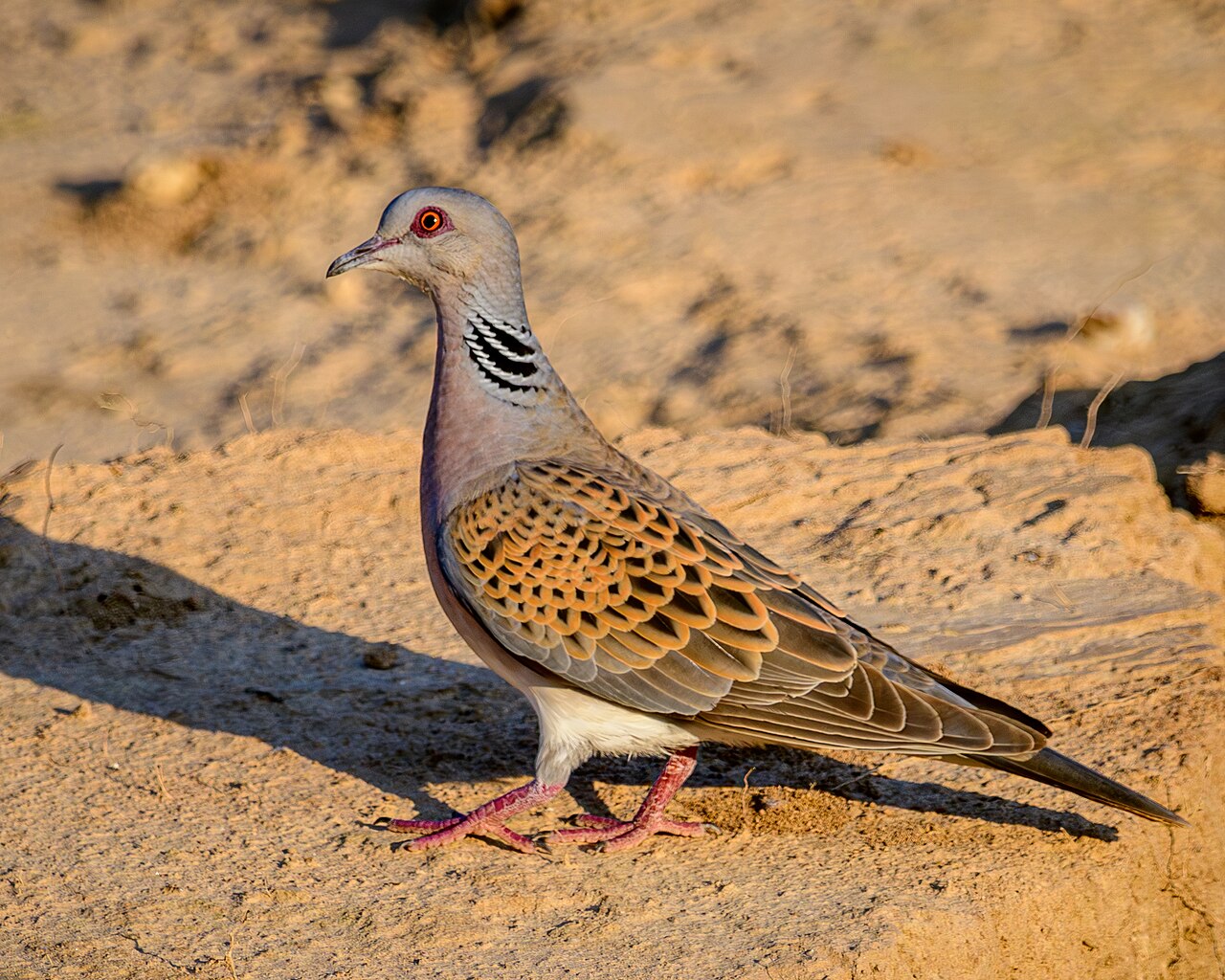Four small legs for a quick body
- We will take two photos to our memory: one will take us to the Bardenas of Navarra. There, next to a dusty runway, we'll find a small field of high grass. The photo shows a young herpetologist walking into it: avizor eye, what to see. But more than seeing, it perceives movements in one and the other. Fast movements that don't let you see which animal they belong to.
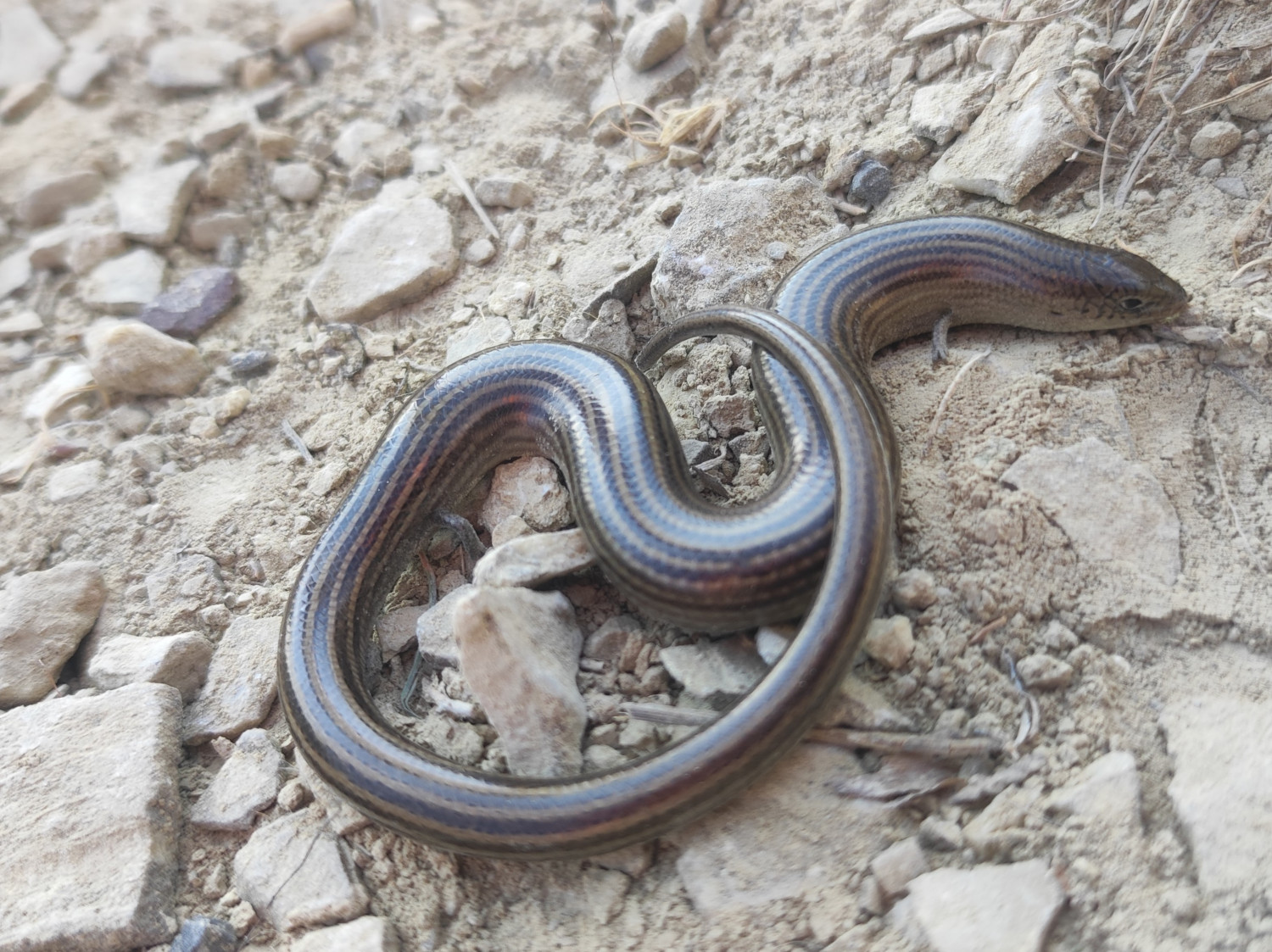
Corner trident (Chalcides striatus)
GROUP: Vertebrate/Reptile.
SIZE: 43.5 cm (includes tail)
WHERE DO YOU LIVE? In the Mediterranean scrubs, in the meadow, in the Brezal...
What do you eat? Small vertebrates.
LEVEL OF PROTECTION Not protected.
The second photo of the memory will locate the herpetologist on the coast of Bizkaia. In the brezals of the top of the cliffs of Getxo. Smell of the sea and the sound of the waves. He goes looking at the Chileans from one side to the other, hoping to see a reptile. In the eyes, however, he only sees the shadows of a rapid movement. They hide between the branches of the breezes.
Both in the prairie of the Bardenas desert and in the Brezal that looks at the sea, shadows and rapid movements have the same owner: the trident of the corner. The owner of his small legs, who only has three fingers, uses his body as a snake to move silently, in zigzag, through the vegetation. They're quick and light movements.
The corner trident is a striking reptile. It is also striking that an animal in this special way has received little attention from the human being. It's shaped like a snake, but it's not a snake. It's a lizard, but it's got very small legs, and it's not that bad, it's got only three fingers on each leg. The back is brown, with a yellowish or silver touch and always with nine or eleven dark parallel stripes advanced. We cannot deny that the trident is special.
Distribution is also special. As a species of Mediterranean origin, it can be observed above all in the south of the Basque Country, in meadows of dry areas, slopes, scrubs, etc. ; but you can also see it on the Biscayan coast, both between dunes and rocks, and on the wet grasslands at the top of the cliffs. In the Basque Country it has been seen from the sea level in Bizkaia to 900 meters in Navarra.
The best times to make observations of this species are the sunny days from March to October in Navarra. Although its largest activity is concentrated at noon, in the hottest times it limits its activity to the early morning rays and to the hours before the sunset, to avoid the biggest heat. He will then look for invertebrates between the vegetation. It will eat spiders, coleopters and hemi-pters, among others. It has many predators against it: the corner can be a good mouthful for the snake of Montpellier, the soft snakes, the thistle and several species of mammals and birds, among others.
This shows why the corner did not want to show the young herpetologist his beautiful and peculiar body in the meadow of the Bardenas and in the Getxo Brezal. Because if you don't want to be captured, you'll have no better strategy than hiding in silence and in vegetation.









